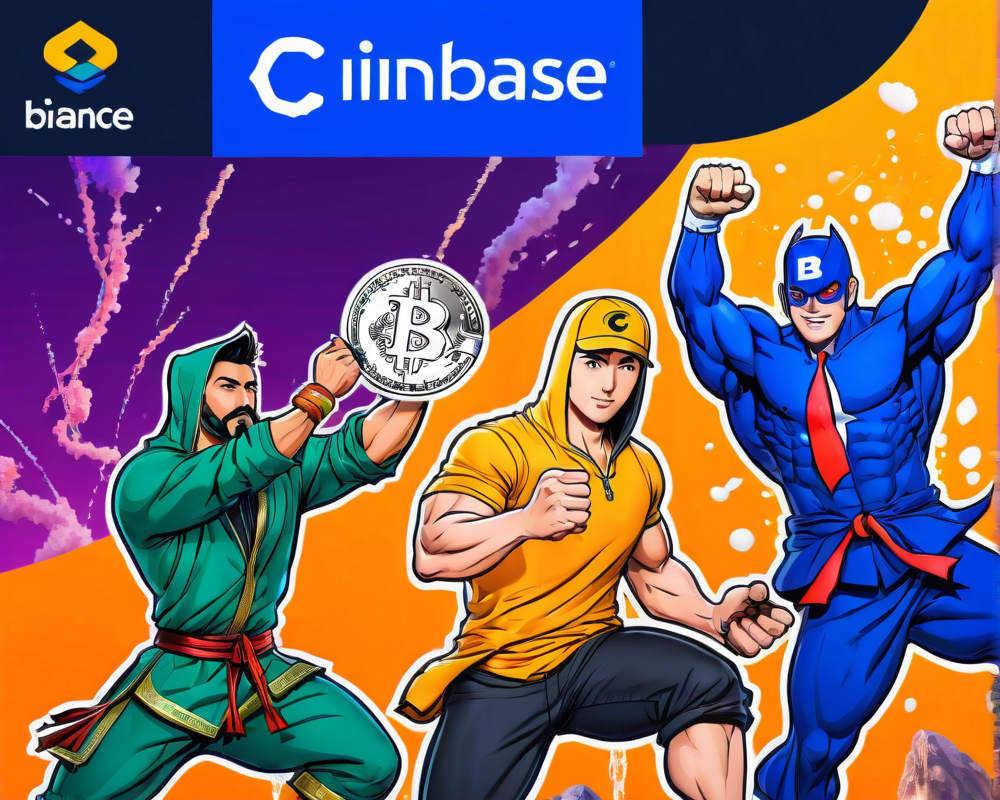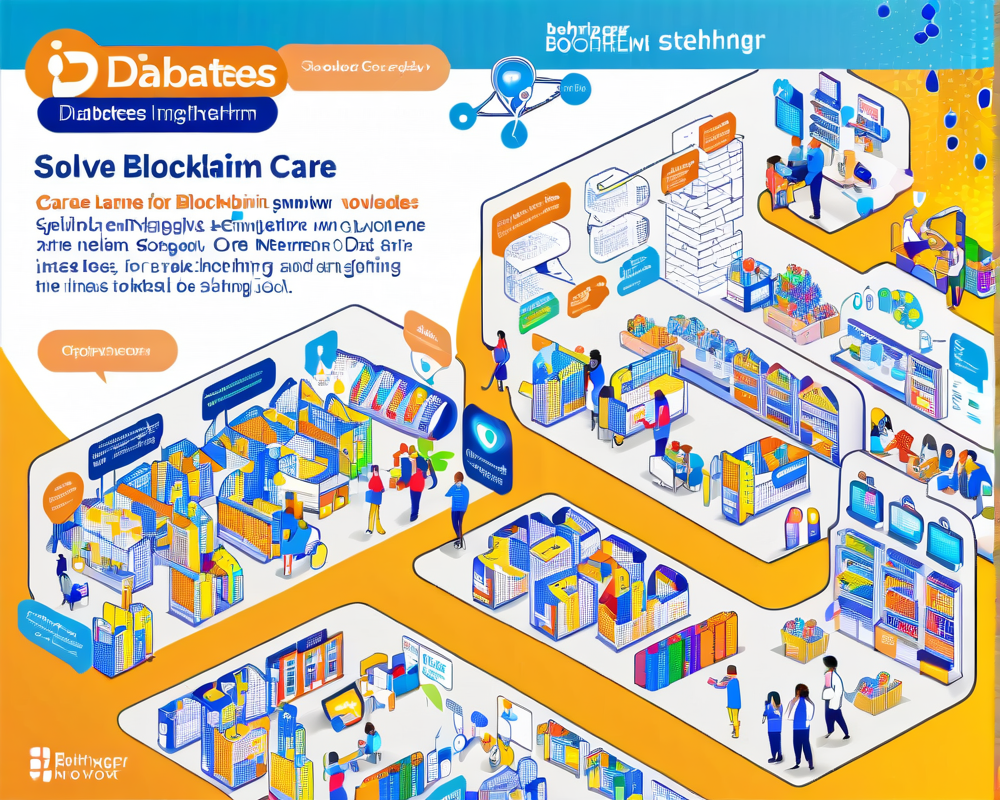The Block Size Drama: A Case Study in Cryptocurrency Discord
You know what they say: when life gives you lemons, make lemonade. But maybe in the world of cryptocurrencies, it feels more like life hands you a giant block of ice, and everyone argues about whether to use that for a winter luge or a refreshing drink. Bitcoin has been wrestling with its infamous block size debate, complete with enough internal strife to make a soap opera writer weep for joy. Amidst this chaos, DASH comes cruising in with what seems like a shiny new Batmobile, called the Decentralized Governance by Blockchain System (DGB), ready to rewrite the rules and avoid Bitcoin’s messy entanglement.
Lessons from the Bitcoin Block Party
As Bitcoin’s development squabbles continue, with advocates passionately advocating the need for a ‘benevolent dictator,’ DASH uses the wisdom of the crowd to establish a decision-making process that’s as rigorously structured as an episode of The Office. Sure, the argument that a clear leader could streamline things resonates, but DASH’s approach throws that idea out the window. Instead of waiting for the proverbial benevolent dictator to make a move, they’re handing the reins over to the community. Talk about a plot twist!
The DASH Ins and Outs: A Node by Any Other Name
In the realm of DASH, things operate somewhat differently. Imagine a quirky little town filled with three distinct groups of people – miners, full nodes, and the multi-tasking Masternodes. Each group has its own role, ensuring that this decentralized system keeps on trucking.
- Miners: Similar to their Bitcoin counterparts, they’re the ones providing proof-of-work and ensuring the network’s security, but with a twist of the X11 algorithm.
- Full Node Wallets: They keep the blockchain ledger intact and allow users to access the network without a hitch.
- Masternodes: The real MVPs, as they bring collateral into play, hosting a stake of 1,000 DASH which lets them offer additional services—think of them as the ‘town council’ of DASH.
The DGB: A Governance System Worth Their Salt
Now, let’s kick it up a notch and dive deeper into DASH’s Decentralized Governance by Blockchain. This system is as opted-in as that friend who always second-guesses their own cooking. Anyone can propose changes, and Masternode hosts—those courageous souls with substantial collateral—decide its fate with their monthly votes. There’s no ‘will-it-won’t-it’ drama here; proposals need at least a 10% buffer in votes to get the nod. And let’s talk numbers; roughly 8,000 DASH is up for grabs each month for accepted proposals. That’s a crispy $19,000 coming from the collective community pot.
The Potential Pitfalls: Are We Prepared?
As with any forward-thinking endeavor, the potential for voter apathy is real. Will Masternodes stay engaged, or will they lose interest like most of us do by the second episode of a new TV series? Alas, even though it costs 5 DASH to submit a proposal—which, spoiler alert, gets destroyed—one has to wonder if that’s enough for everyone to rally around. What if this elaborate system turns into a snooze fest?
Could DASH Lead the Way into a Decentralized Future?
With DASH’s innovative approach, the opportunity for more efficient decision-making is tantalizing. Its funding structure, based on real-time voting, conjures visions of a thriving DAO—a Decentralized Autonomous Organization—that’s not just an abstract concept but a living, breathing entity in the crypto landscape. If all goes well, DASH could cast a much-needed ray of sunlight on the cryptocurrency world, leading the charge into a smarter and more inclusive governance system.



